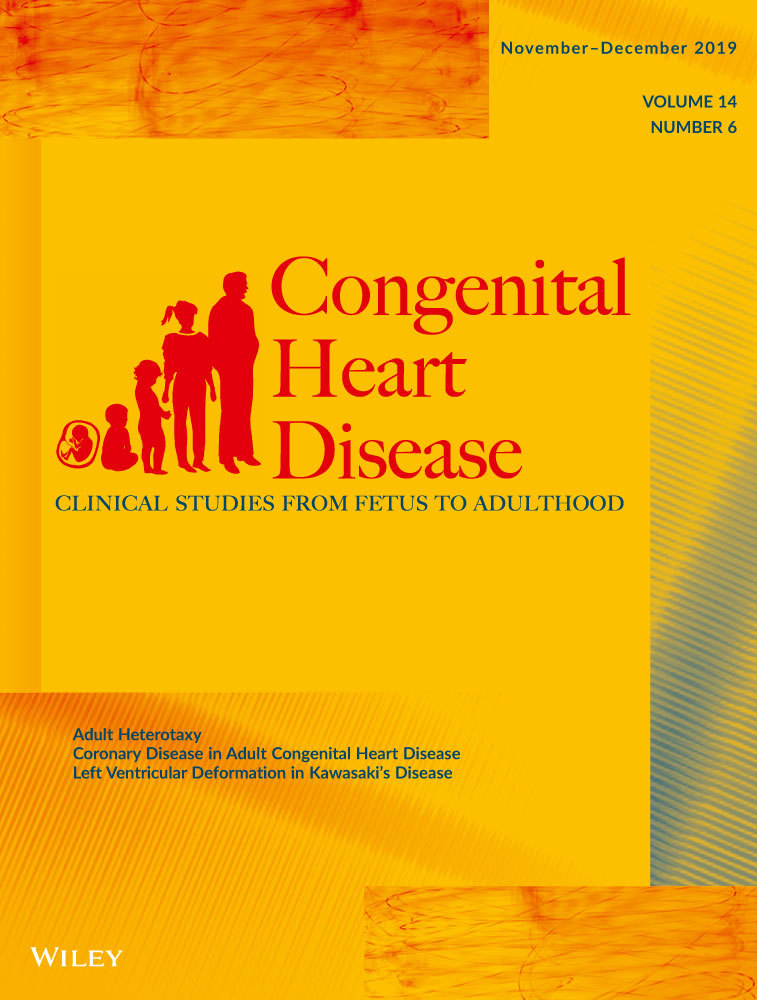Use of vasoactive agents in postoperative pediatric cardiac patients: Insights from a national database
Abstract
Objective
The main goal of this study is to examine the variation in vasoactive agent prescription patterns across a large cohort of patients. In addition, we sought to determine the association between the number of vasoactive agents used during admissions and characteristics of admissions utilizing varying numbers of vasoactive agents.
Methods
This was a multi-institutional, cross-sectional study of the pediatric health information system database of patients who underwent congenital heart surgery and received vasoactive agents from 2004 to 2015. The international classification of disease-9 (ICD-9) codes were used to select admissions to those only pertaining to cardiac patients. The vasoactive agents investigated included epinephrine, norepinephrine, dopamine, dobutamine, milrinone, and vasopressin.
Results
A total of 43 441 postoperative pediatric cardiac admissions were identified and included in the final analyses. Of these, a majority used at least one vasoactive agent at some point during the admissions with the median being three vasoactives. Each vasoactive was utilized with decreasing frequency throughout the study period except for vasopressin which increased in frequency of use. After adjusting for multiple confounding factors, only milrinone was associated with decreased inpatient mortality in any postoperative subset, while the rest of the vasoactive were associated with increased inpatient mortality in some of the postoperative subsets.
Conclusion
Vasoactive agents have decreased in frequency of use in postoperative pediatric cardiac admissions, except for vasopressin. Only milrinone was found to be associated with decreased inpatient mortality in any subset of these patients, while all other vasoactive agents were found to be associated with increased inpatient mortality at least in one of the subsets.
CONFLICT OF INTEREST
None.




